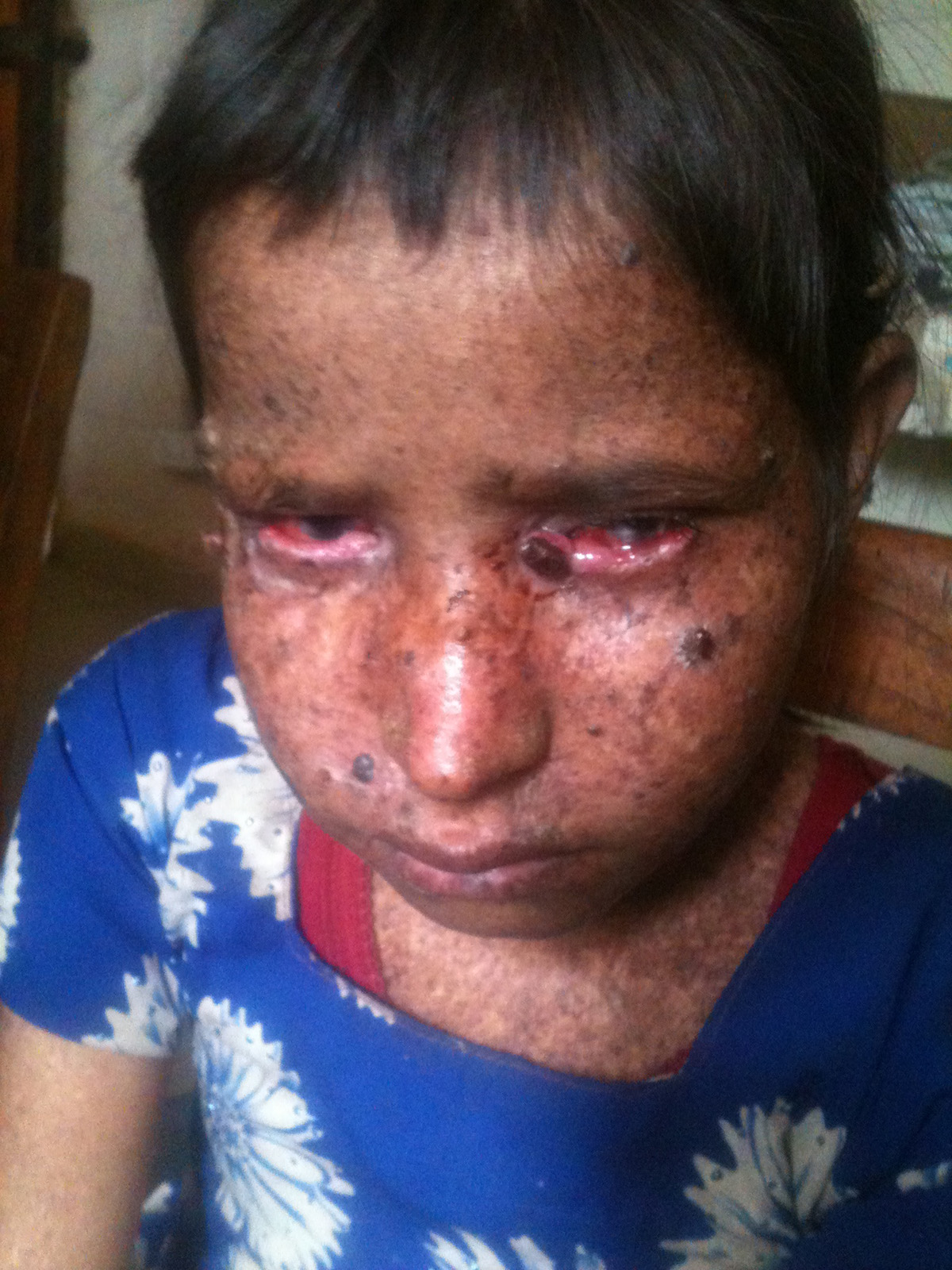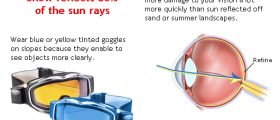
Xeroderma pigmentosum represents a rare genetic disorder. The disease is transmitted from parents to their child in an autosomal recessive manner. Xeroderma pigmentosum is associated with many health issues among which the predominant ones include a range of skin changes such as photosensitivity, pigmented skin changes, premature skin aging and susceptibility to skin cancer. The whole range of symptoms and signs of the condition develop as a consequence of a cellular hypersensitivity to ultraviolet (UV) radiation.
Causes of Xeroderma Pigmentosum
This genetic disorder results from a defect in certain genes. It affects children whose both parents carry the xeroderma pigmentosum train. As it is the case with all other autosomal recessive disorder only if both parents posses the defective gene, a condition may occur.
Clinical Characteristics of Xeroderma Pigmentosum
A child suffering from this disorder typically develops a variety of symptoms and signs related to damage to the skin caused by exposure to sunlight (UV rays). For example, the child easily develops severe sunburn even after a short sun exposure. As a matter of fact sunburn occurs the first time the child is exposed to sunlight and the skin may remain damaged for several weeks.
Furthermore, such children are prone to freckles and the number of freckles increases proportionally to sun exposure. The skin is usually thin, dry and may be also covered with irregular dark spots or blisters. Children with xeroderma pigmentosum are susceptible to solar keratosis and easily develop skin cancer. Premature skin aging of different parts of the skin, especially the exposed ones (the lips, eyes etc.) occur as well. Extreme sensitivity to sunlight may cause painful sensation in the eyes. The eyes easily get irritated, clouded and bloodshot.
Diagnosing Xeroderma Pigmentosum
In majority of patients definitive diagnosis is confirmed between the age of 1 and 2. The only way to confirm the disorder (apart from the presence of obvious symptoms and signs) is to perform genetic testing and confirm damage to specific genes.
Treatment and Prevention of Xeroderma Pigmentosum
Being a genetic disorder, xeroderma pigmentosum has no cure. The only way to prevent further progression of inevitable skin changes is to reduce, if not completely eliminate, sun exposure. Such children are supposed to be covered with sunscreens and wear sun-protective clothes, hats and eyewear all the time when going outdoors. It is also essential to monitor all the skin changes since this can provide with timely detection of skin malignancies.
There are several treatments for xeroderma pigmentosum which are still evaluated and may be used one day. Scientists hope that at least one will be successful enough to help patients suffering from this awful illness.

















Your thoughts on this
Loading...